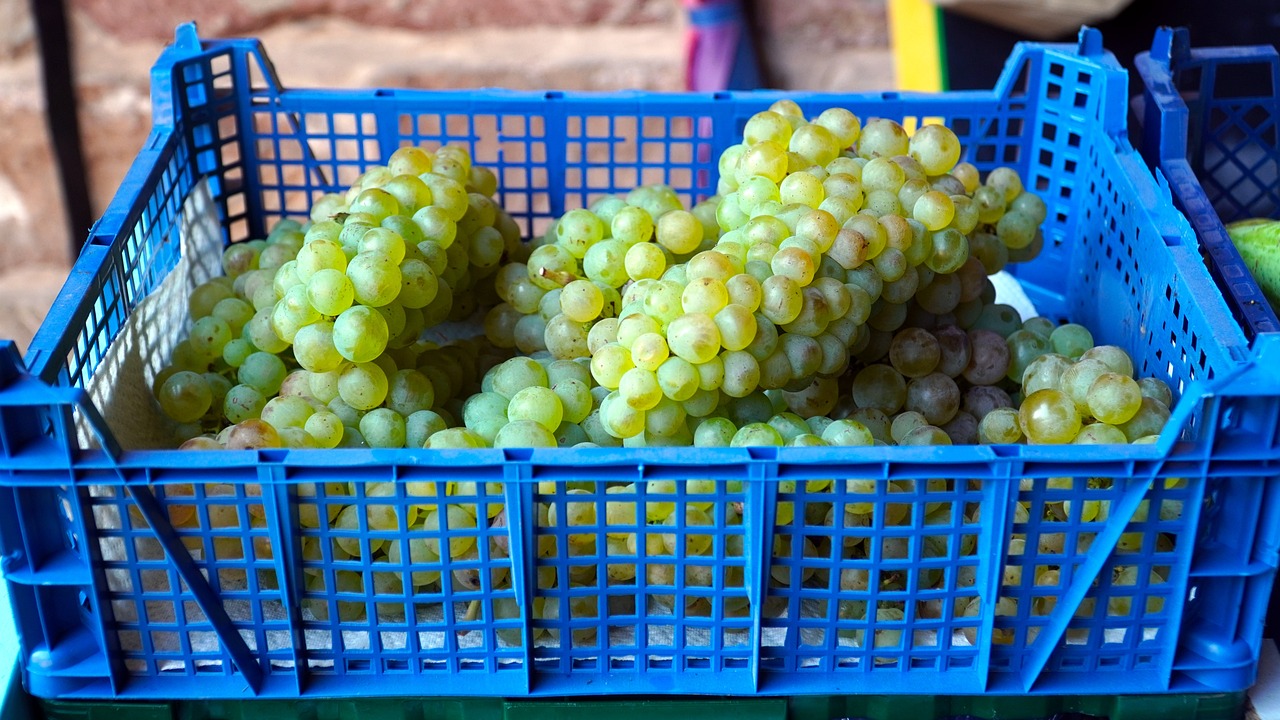Transporting goods is challenging, but perishable foods have even higher stakes. The essence of transporting these goods lies in maintaining their freshness and ensuring they reach their destination before they spoil. These food items are vulnerable to various factors such as temperature changes, moisture, and time, making their transportation all the more crucial. For businesses in the food industry and transport sectors, understanding the nuances of transporting perishable foods is vital for success. This article explores the key aspects and best practices involved in this task.
Transportation Of Perishable Foods

Factors Prioritized in the Transportation of Perishable Foods
Transporting perishable foods presents unique challenges that demand keen attention to detail. How does that fresh apple or juicy steak get to your plate? We must ensure everything arrives as fresh and yummy as possible, whether fresh fruits, meats, or dairy products. As a measure to make sure that happens, we focus on;
Temperature Control:
- Precision: Different foods require different temperature ranges. For instance, while frozen goods need temperatures below freezing, dairy products might need a chilled environment. The temperature settings should be precise to cater to specific needs.
- Consistency: Maintaining a consistent temperature is crucial. Fluctuations can lead to reduced shelf life or spoilage.
- Monitoring: With technological advancements, many refrigerated transport options come with real-time temperature monitoring systems. This allows transporters to intervene promptly if temperatures deviate from the set range.
Packaging:
- Protection: Packaging should protect perishable goods from physical damage, contamination, and excessive moisture. Using materials that provide insulation can further help in temperature control.
- Ventilation: Some perishable goods, like fresh produce, may need ventilation to prevent moisture buildup and ensure freshness.
Transit Time:
- Efficiency: The longer perishable goods are in transit, the higher the risk of spoilage. Optimizing routes and ensuring a speedy delivery is paramount.
- Scheduling: It’s essential to have a schedule that minimizes waiting times, especially at loading and offloading points, to reduce the time products spend outside controlled environments.
Hygiene and Sanitation:
- Vehicle Cleanliness: The interior of vehicles must be cleaned and sanitized regularly to prevent microbial growth that can spoil food.
- Handling: People loading and unloading should adhere to hygiene standards to prevent contamination.
Common Perishable Foods We Transport
Various perishable foods require specific attention and care to reach their destination in peak condition. Check out this rundown of foods we often transport because they spoil quickly:
Fruits & Veggies:
- Fruits include; berries, bananas, and citrus.
- Greens such as lettuce and herbs.
- Veggies such as tomatoes, peppers, and zucchini.
Dairy Goodness:
- Milk and drinks
- Cheeses
- Yogurts and tangy milk treats
Meats & Birds:
- Fresh meat cuts
- Bird varieties: chicken and turkey
